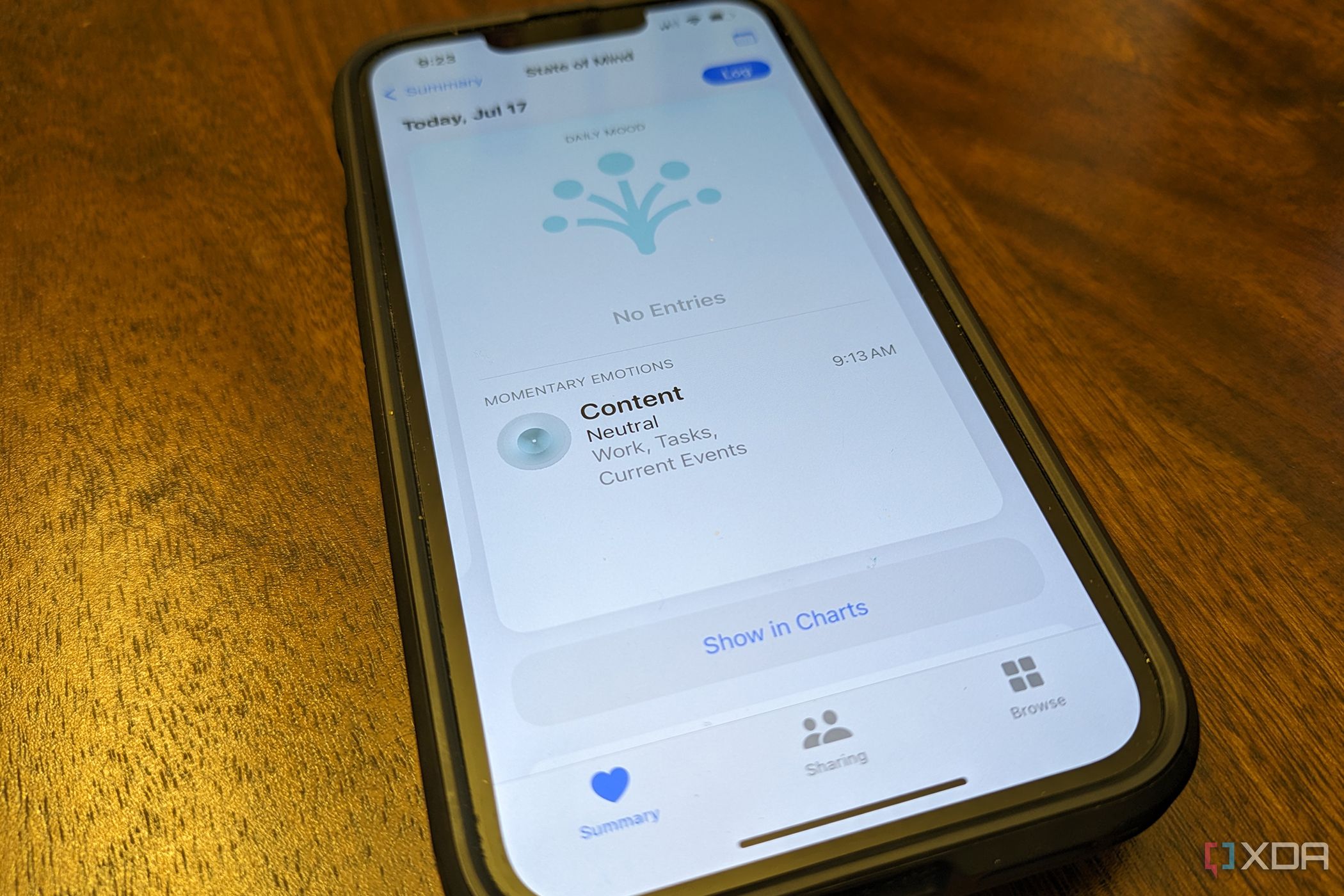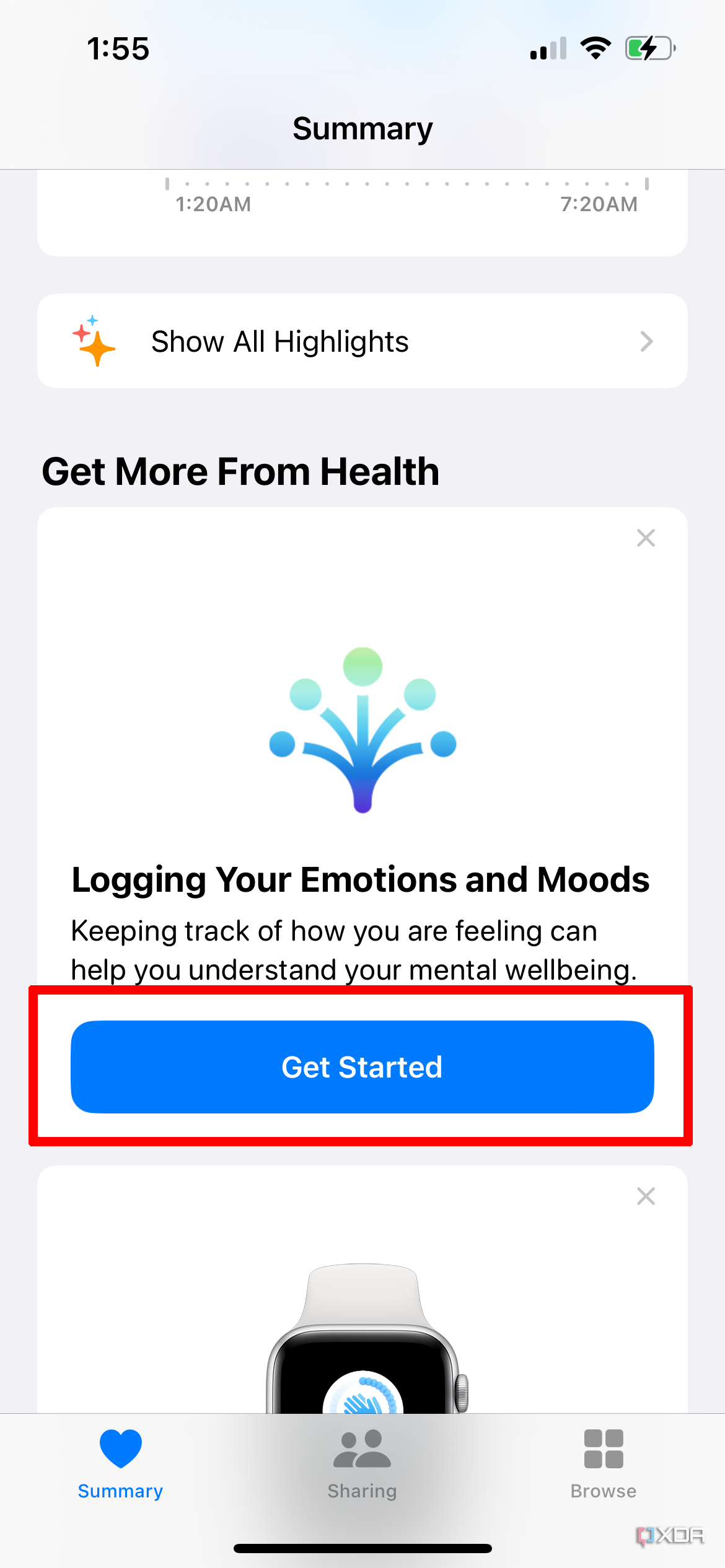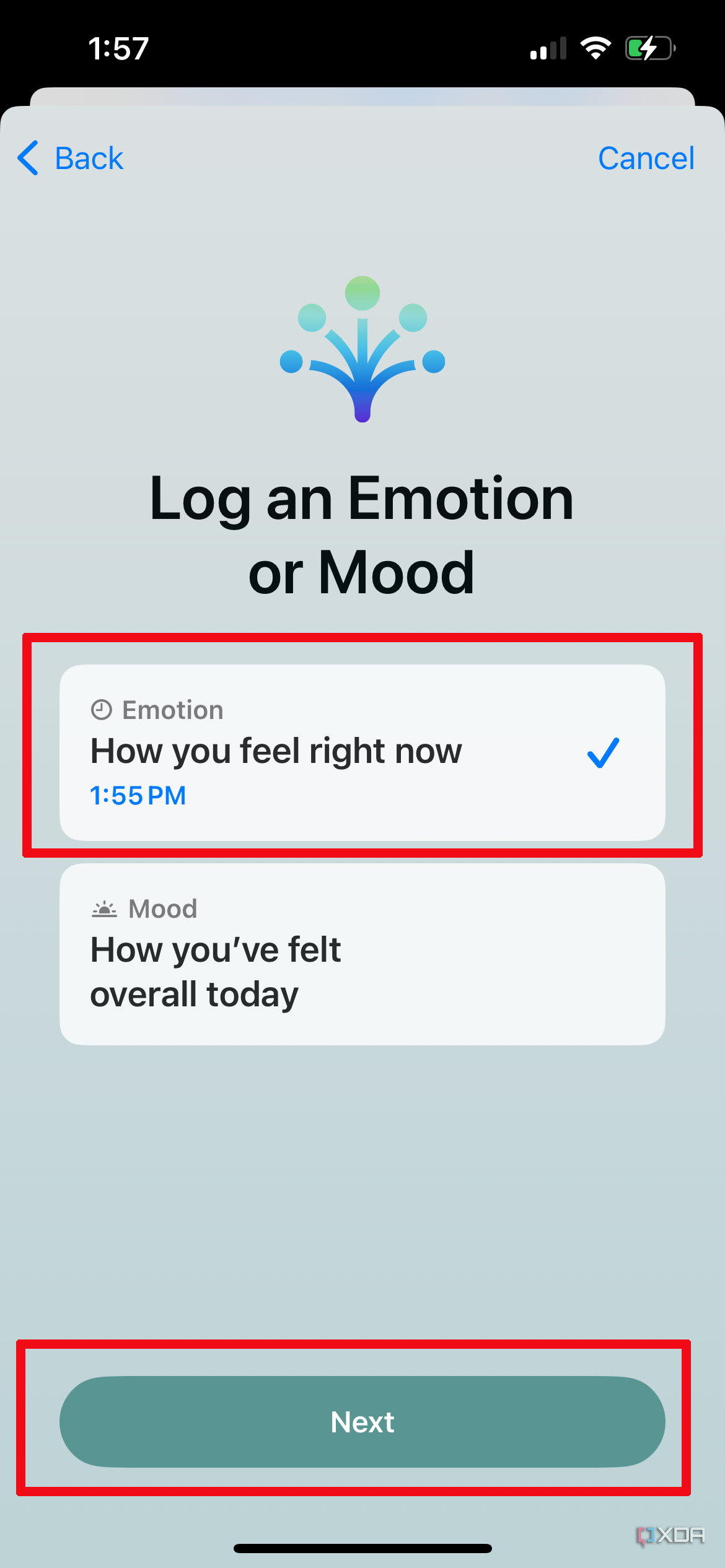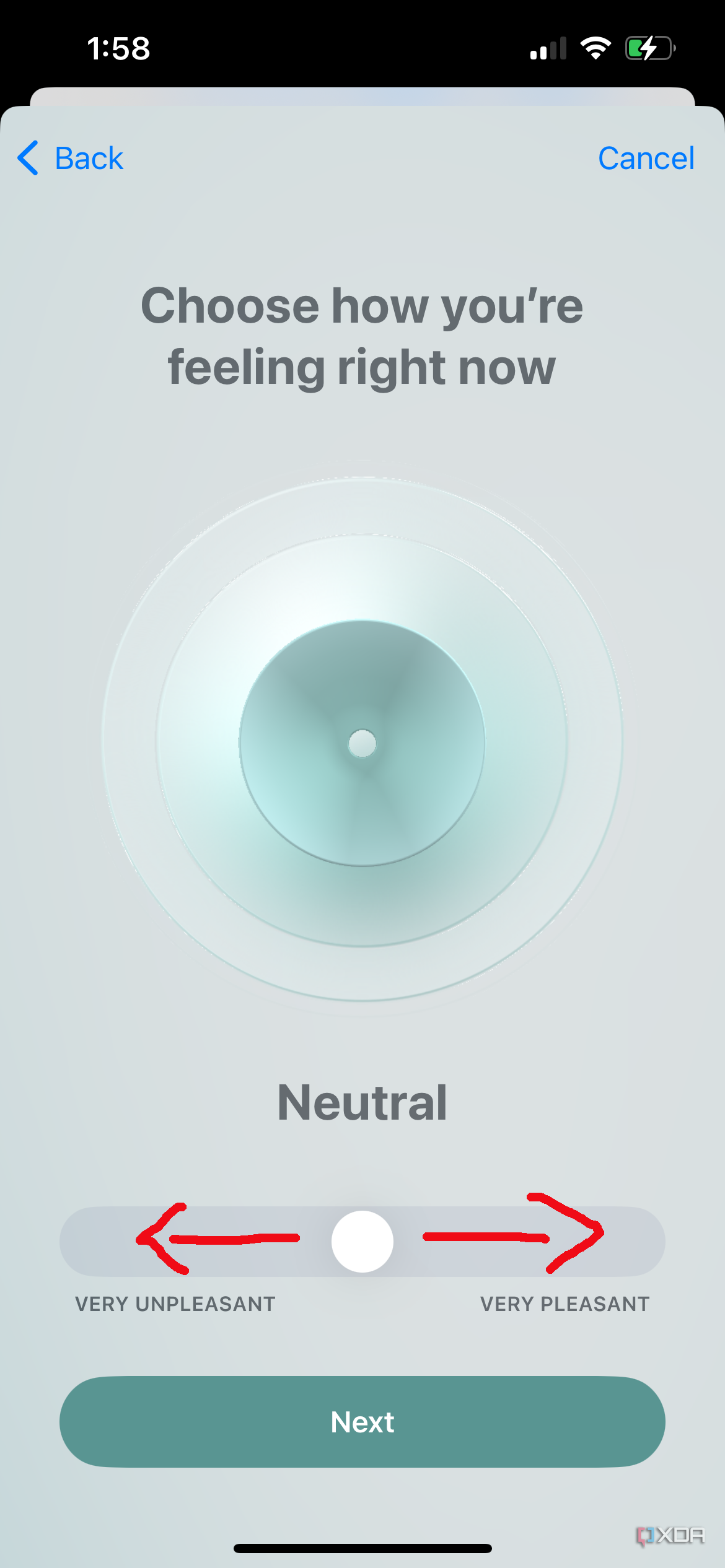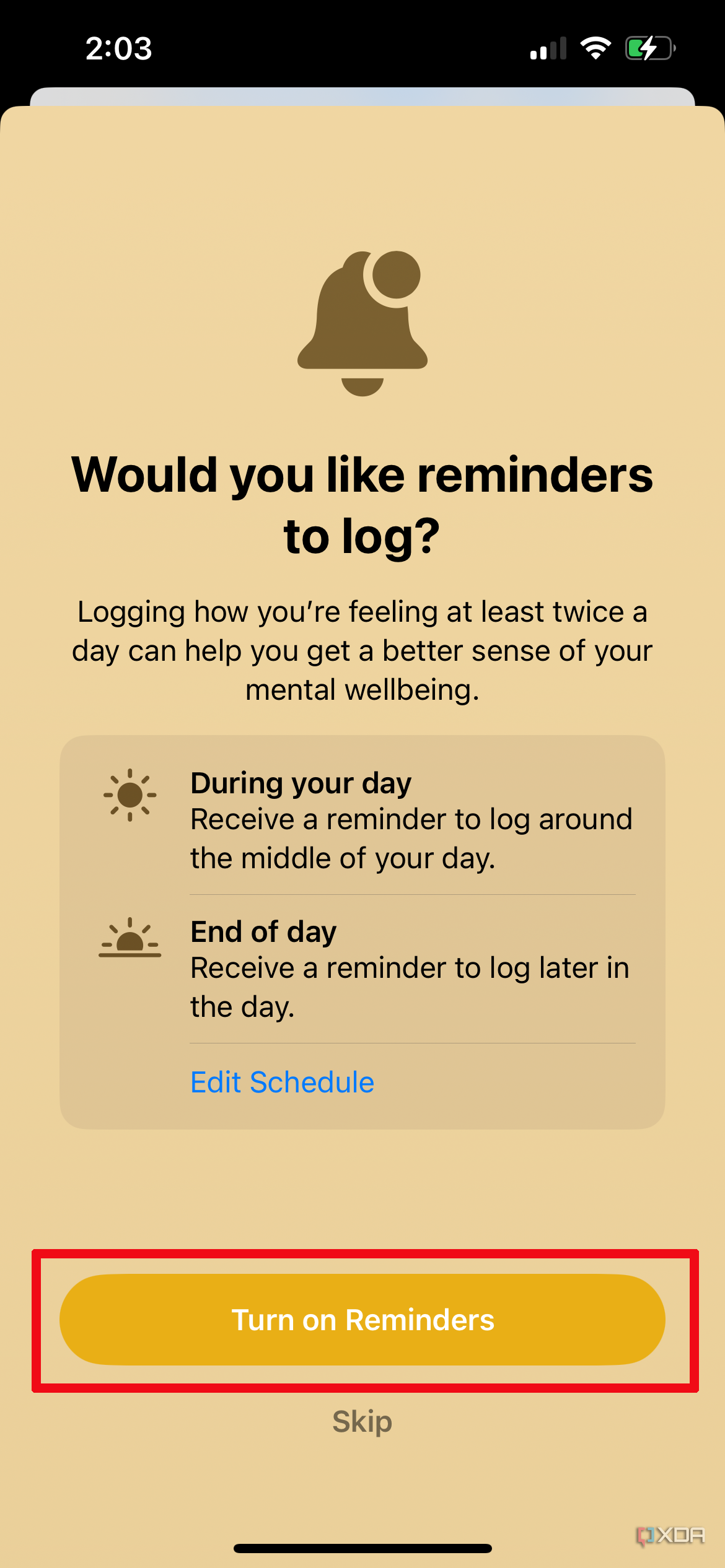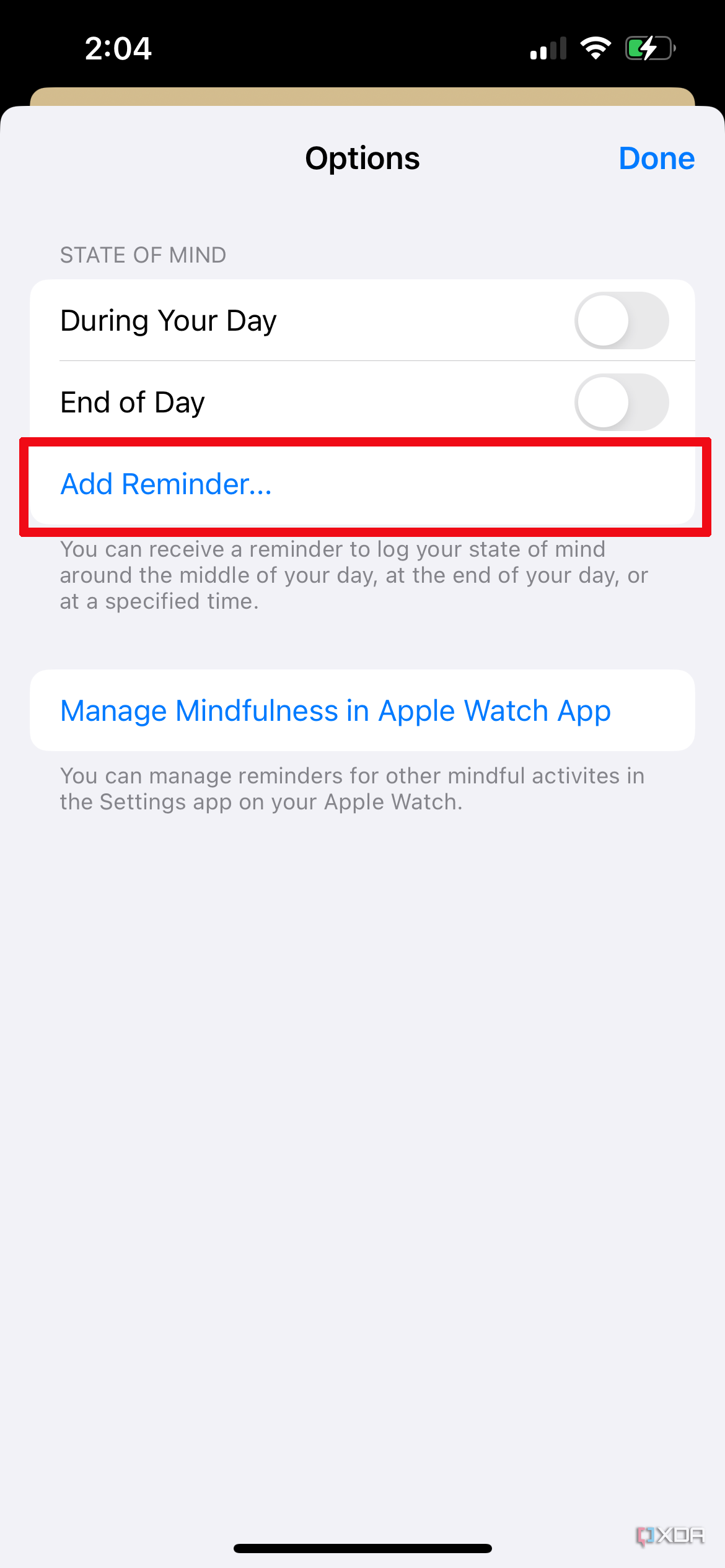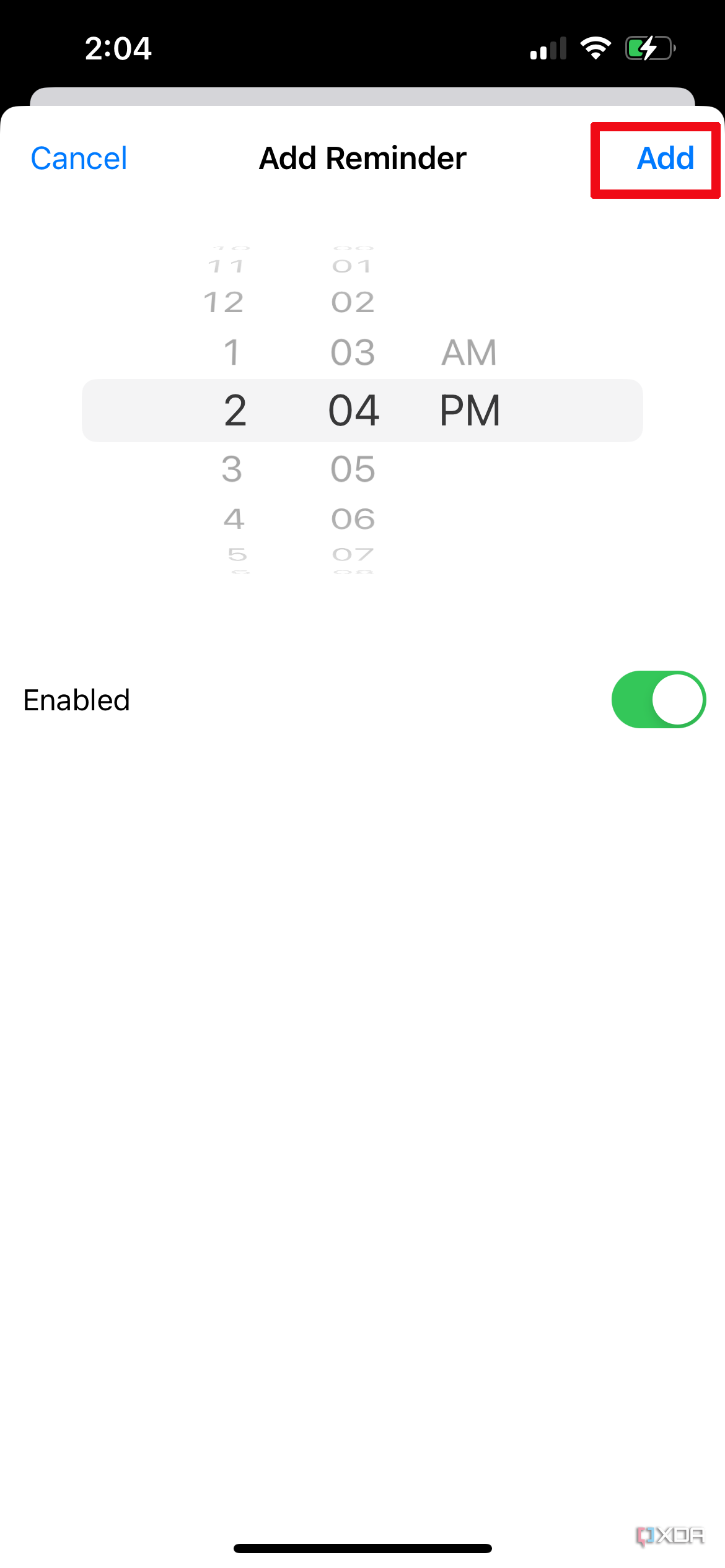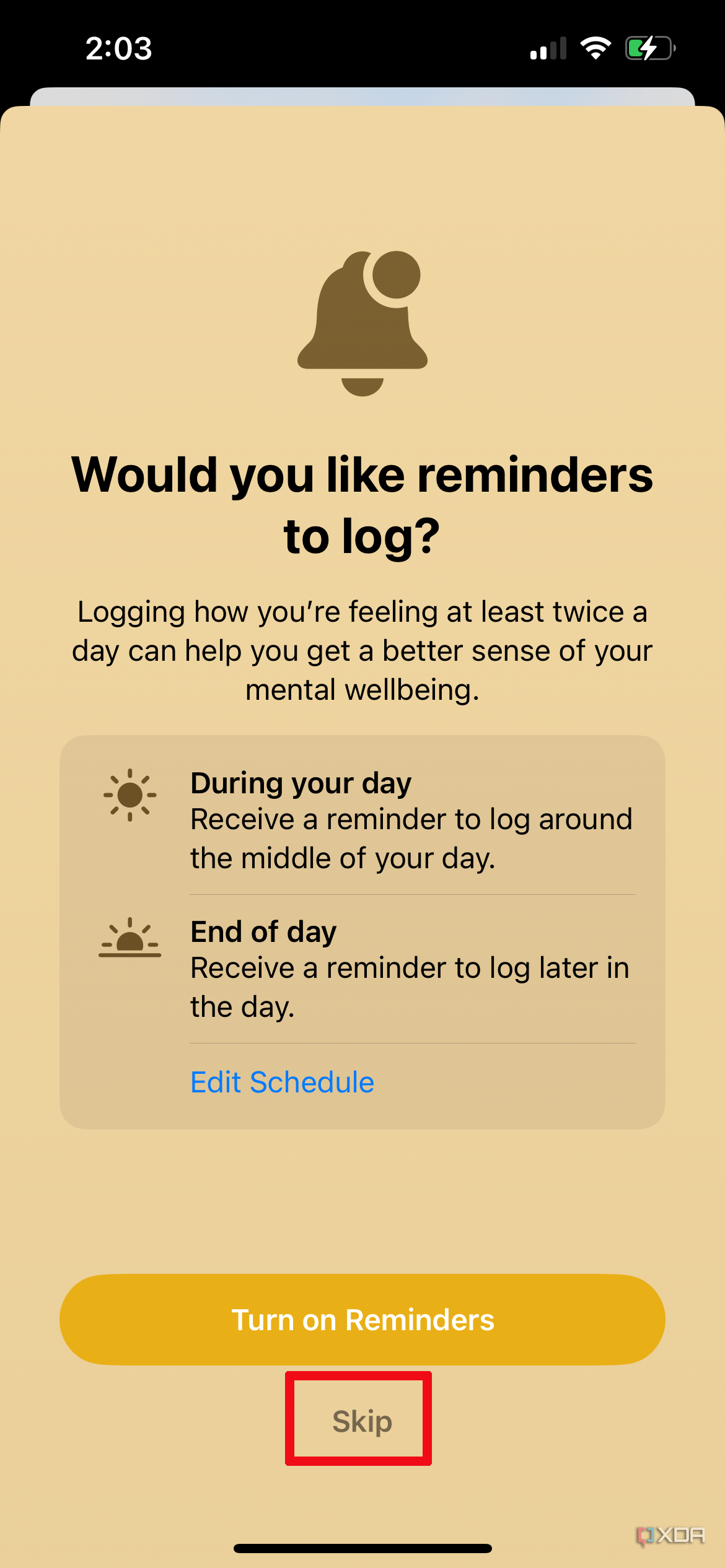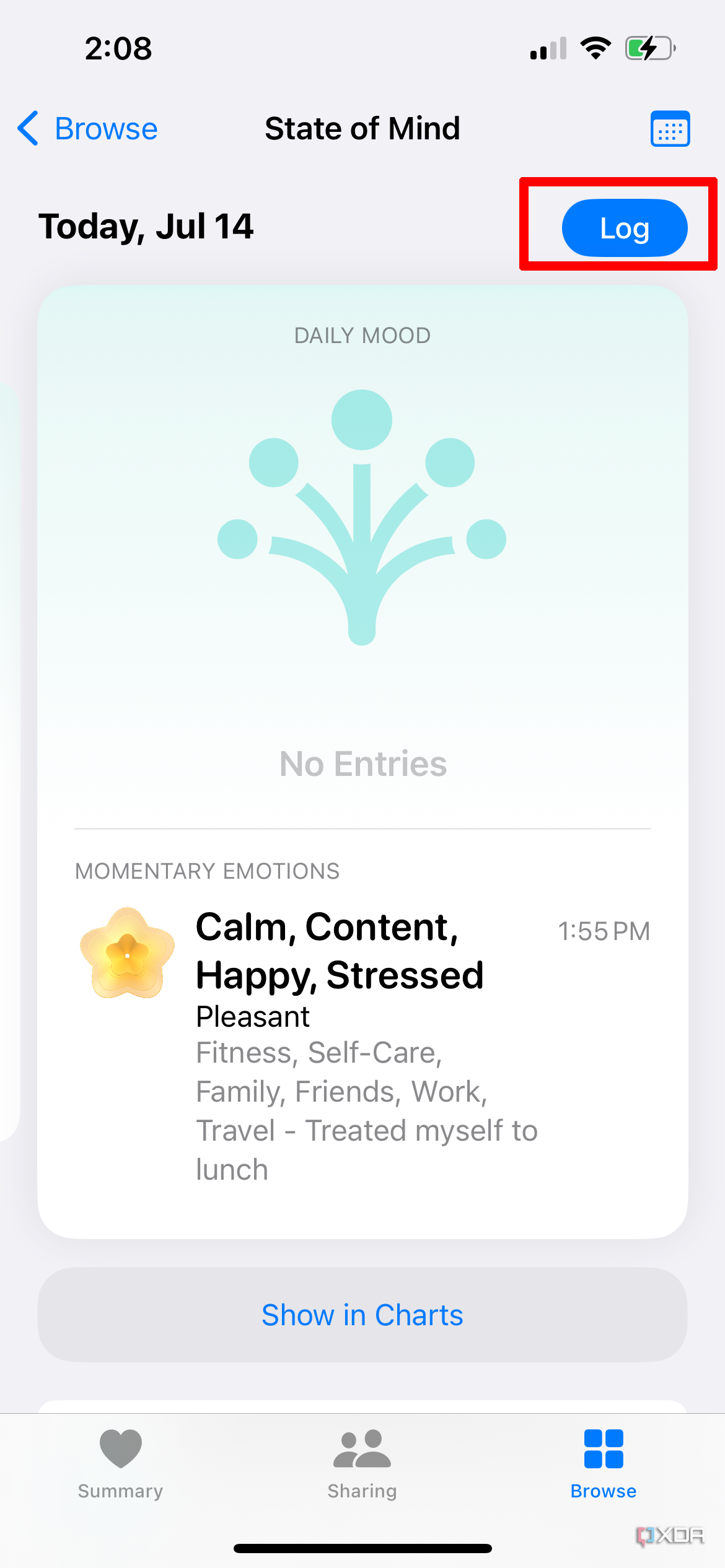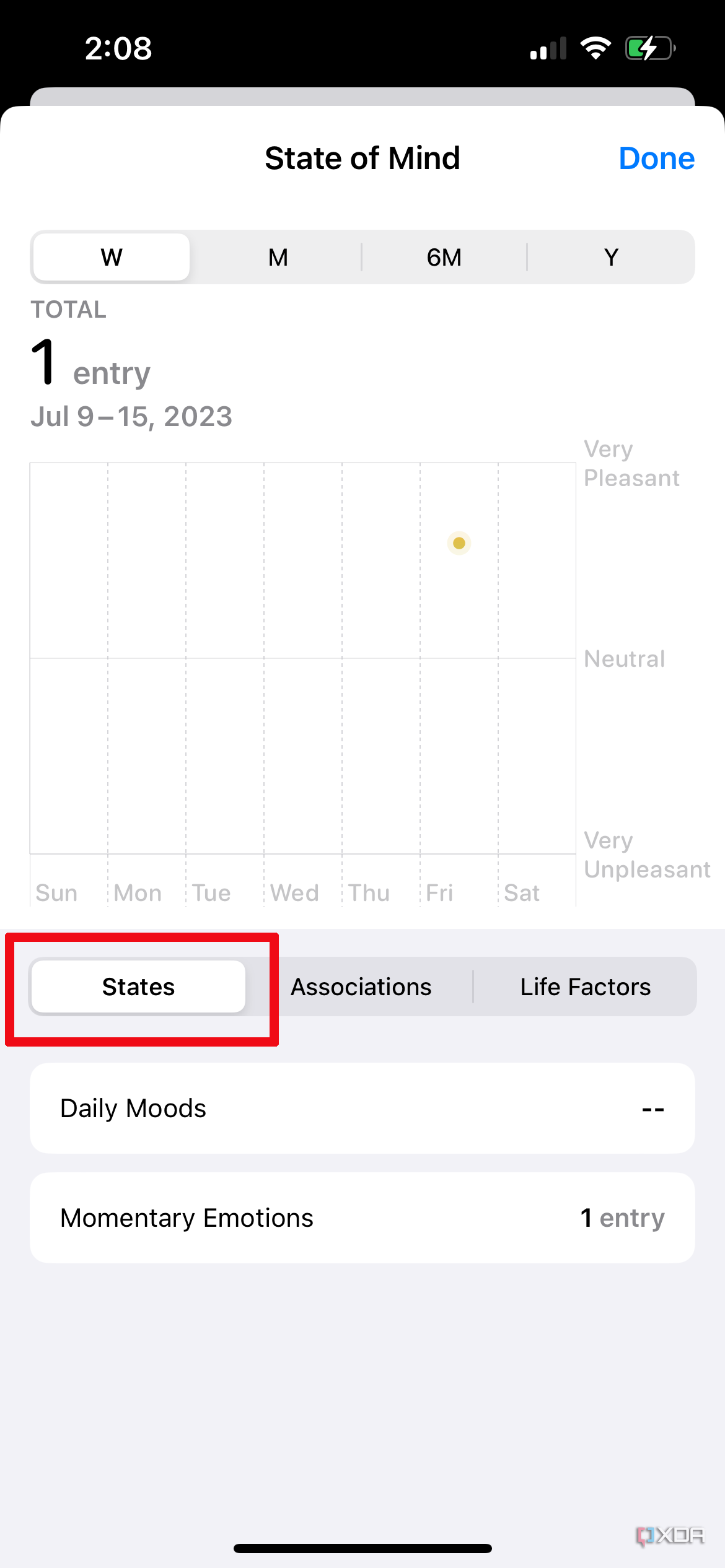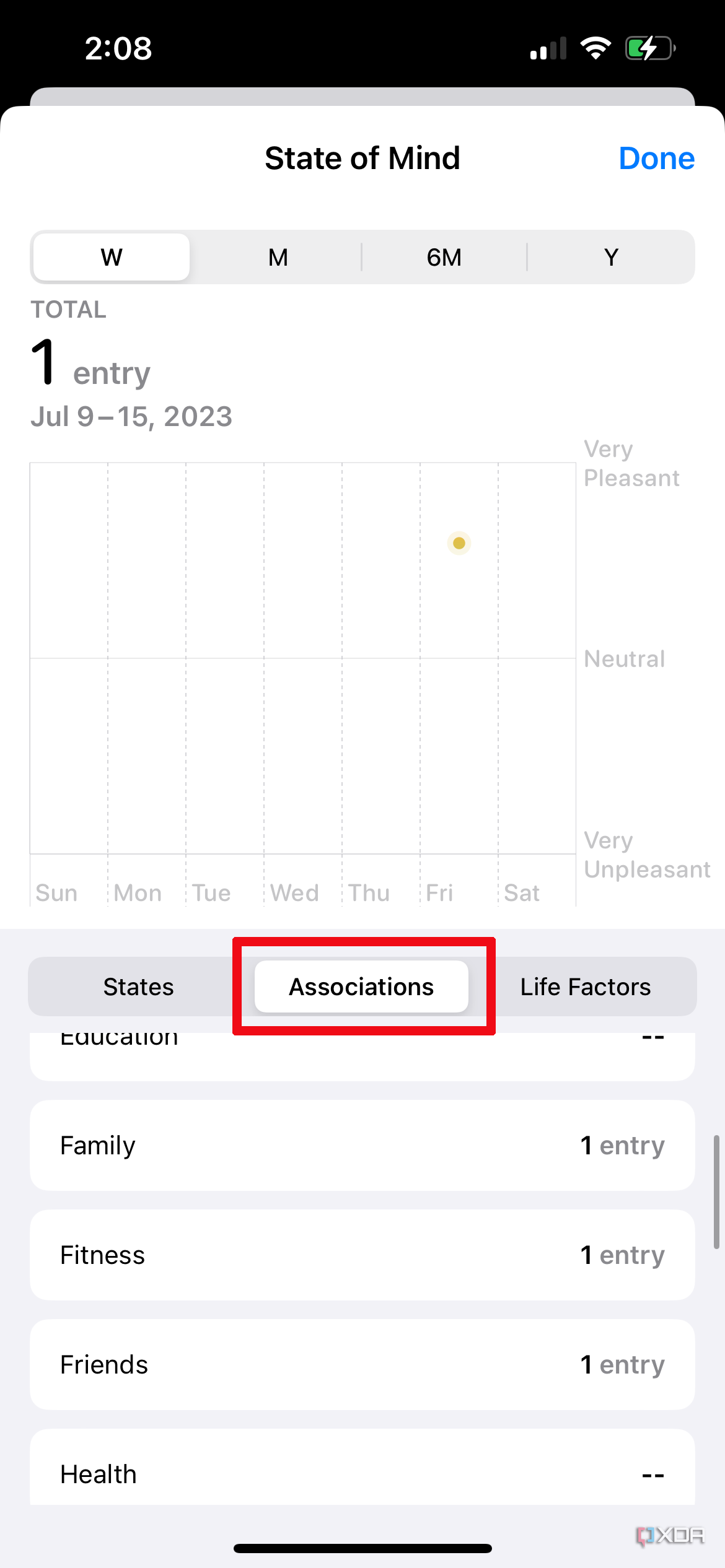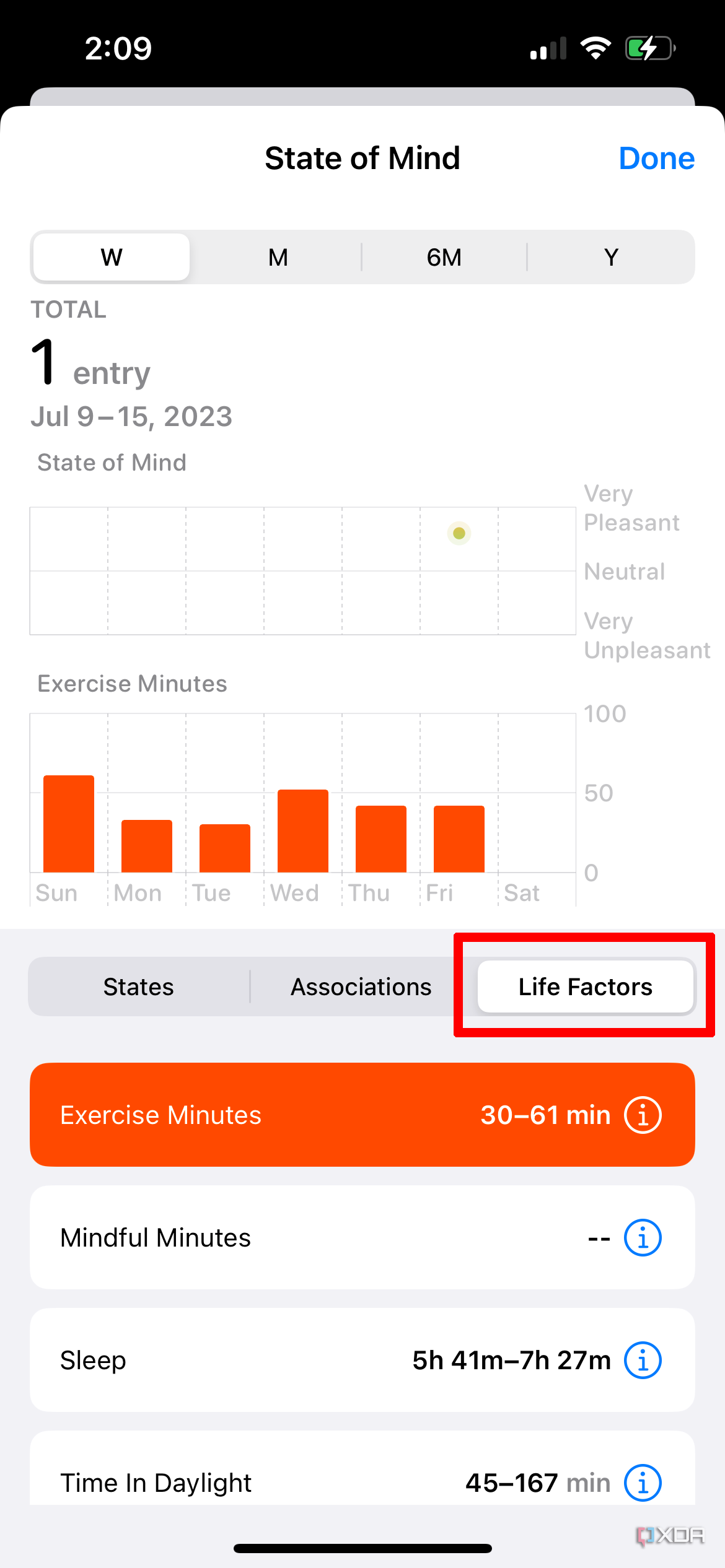Your wellness is about more than just getting enough physical exercise. It’s also about eating well, taking care of your mental health, and focusing on the mind as much as the body. Apple Fitness+ has tons of mindfulness exercises, while the Apple Watch itself, including newer models like the Apple Watch Ultra, has relaxation and breathing exercises for whenever you need them. There are actually a lot of ways you can use your Apple Watch to relax.
In addition, you can start tracking your mood with the recent iOS 17 and iPadOS 17 updates, with or without an Apple Watch. Once you get the hang of doing it, you’ll make it part of your daily routine.
How to use new mood tracking features in Apple Health
You can start tracking from both an iPhone or iPad, but for demonstrative purposes here, I have used an iPhone 14.
- Open the Health app.
- Under the Summary tab, scroll down to Logging Your Emotions and Moods and tap Get Started.
- Tap Begin on the next page.3 Images
- Under Log an Emotion or Mood, choose first if you want to log your emotion or mood (you can go back and log the second option after). Tap Next.
- A pulsing circle will appear that represents Neutral. Move the slider to the left for negative emotions and to the right for positive ones. Select your current reading and tap Next.
- As you move, the wording will change to Slightly Pleasant (or Unpleasant), to Pleasant (or Unpleasant), to Very Pleasant (or Very Unpleasant).
- The color also turns deeper shades of blue as you move to the left and brighter shades of green and yellow as you move to the right.4 Images
- Now, you can Log State of Mind. Words appear in bubbles, and you can select all that apply.
- Tap Show More, and a list will pop up with additional words. Once you're all set, tap Done.
- Once you have selected all the words that describe your feelings, tap Next.4 Images
- Next, you will be asked what’s having the biggest impact on you. Select all words from the bubbles that apply.
- There’s also a spot to manually enter additional context, if desired.
- Once done, tap Done.3 Images
- A confirmation window will pop up, showing that your data has been logged. You’ll also see a notice asking if you would like a reminder to log your mood at least twice each day. Here, you can set a schedule for when you want the reminders to appear.3 Images
- You can also select Add Reminder and pick a specific time for the pop-up to appear. Choose the time and tap Done.
- Tap Done again on the log page or Skip if you want to do this later or just want to add your mood manually on the fly when you feel like it.3 Images
- If you have an Apple Watch, a pop-up will ask if you want to allow Mindfulness Notifications on Watch. You can go to Settings to turn this on or select Leave Off.
- Selecting Settings will take you to the relevant page in the Apple Watch app where you can switch between turning notifications off or on.
- You can also select the specific time you want these notifications to appear on the Apple Watch.3 Images
- On the main Apple Health page, you’ll now see a list of your reflections. Tap the Log button at any time if you want to manually log your emotions or mood.
- Tap Show in Charts to see a graph of your mood logs, including states, associations, and life factors. The latter will show relevant data from other devices you use, like an Apple Watch, including exercise minutes, mindful minutes, sleep, and time in daylight.4 Images
What can you do with these reflections?
Once you start logging your state of mind as part of your daily routine, you can look back and find patterns or simply get an idea of how you have been feeling. Do you find you’re sadder in the winter months? Do you log being in a better mood on the days you do a workout or go for a quiet walk? Charts are especially helpful for seeing the activities you do, people you see, or factors in your life that might contribute to the way you’re feeling. Then, you can use this data to make positive changes to your lifestyle.
Maybe you find when you take on too much work, you have elevated stress levels, and you can use this as an indication to step back. Perhaps when you go to bed earlier, you wake up more refreshed and ready to tackle the day, and seeing this plot out in your mood can be a literal wake-up call.
There are so many ways to use the data, especially as you collect more, to gain a better understanding of yourself and become more aware of factors, influences, and triggers that might be making you feel bad or conversely, contribute to making you feel excellent.

